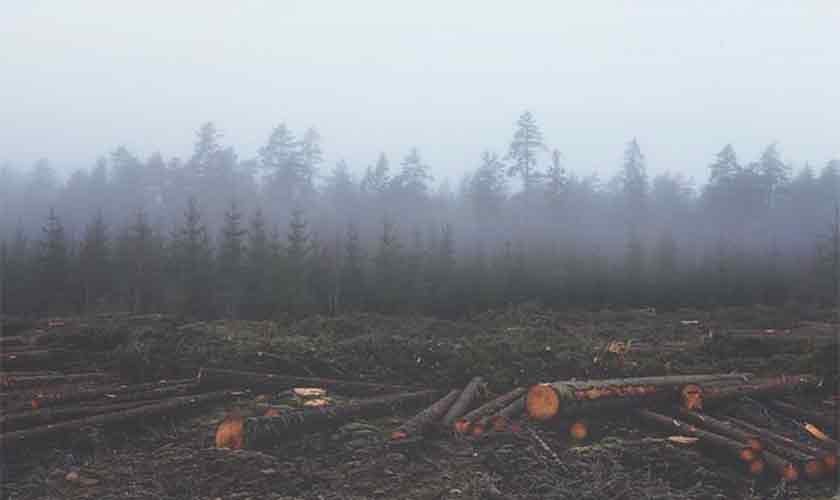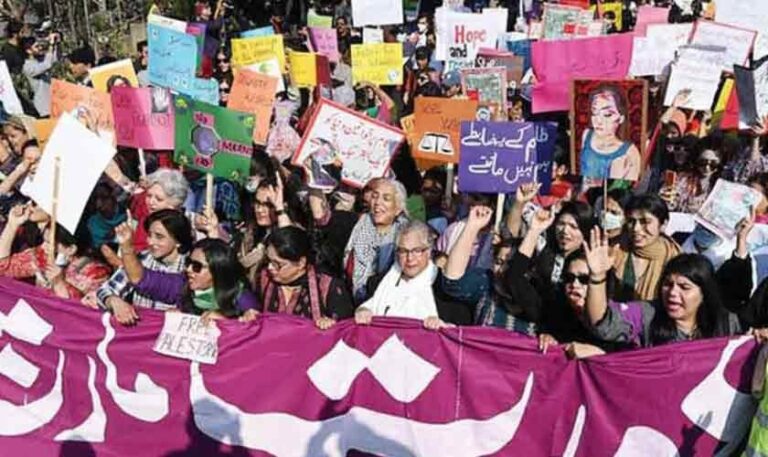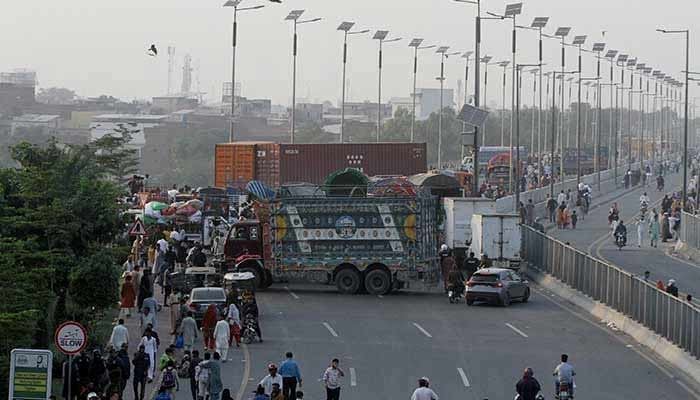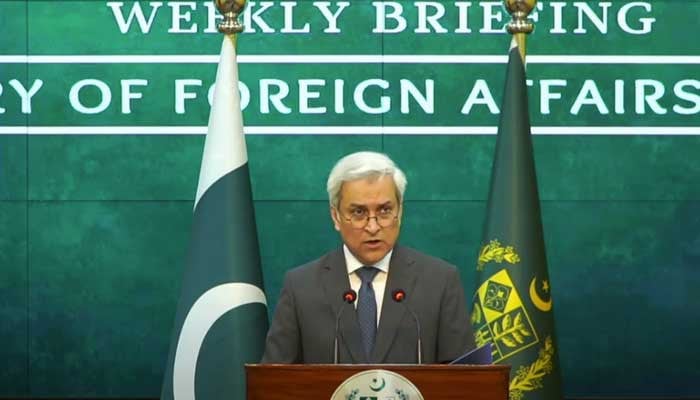
#disasters #Political #Economy
Akstan is learning the hard way that you can’t lower your natural defenses and expect to weather storms. Landslides that bury villages in the north, floods that submerge fields in Punjab and Sindh, and deadly smog that poisons entire cities in winter are not natural disasters. They are man-made threats resulting from decades of deforestation, reckless land-use change and total disregard for ecological balance.
From Climate Debate to Climate Reality
Not long ago, the idea of climate change was contested. At the end of the twentieth century, environmentalists warned about global warming. However, industrial lobbies in the developed world—and later the emerging economies of China, India, Korea, and ASEAN—dismissed these warnings as obstacles to double-digit, emissions-driven growth. Today, the science is indisputable and the evidence is visible: rising temperatures, erratic rainfall, record-breaking heat waves, devastating floods, leaner winters and the steady loss of snow cover in the north. The natural balance has been upset—perhaps beyond repair.
Ecology: More than just science
To the non-specialist, ecology may sound abstract, but its meaning is simple and immediate. Ecology is the study of how living organisms interact with their environment. Relationships between soil and water, plants and animals, humans and climate. When one part of the chain falls, the rest follows. In Pakistan, this abolition is no longer theoretical. We see it in sudden downpours that deliver a year’s worth of rain within hours, in cloudbursts that wash out entire valleys and in temperatures that break records every summer. This is no longer the exception – it has become the norm.
A shrinking green shield
Forests were once the green coach of Pakistan. They held hillsides in place, absorbing monsoon rains, filtered streams and stored carbon. They were the first line of defense against floods, landslides and climate shocks. Today, forests cover less than five percent of Pakistan’s land. This is the lowest ratio in the world. Even this thin cover is shrinking. Since 1992, forest area has declined from 3.78 million hectares to 3.09 million hectares in 2025 – an 18 percent decline in three decades.
Khyber Pakhtunkhwa, once thick with virgin forests, now loses about 11,000 hectares annually to logging, grazing and unchecked development. These figures tell only part of the story. They do not capture the slow degradation, the felling of mature trees and the silent disappearance of old-growth forests that took centuries to form.
Deforestation is not just about counting the trees lost or the number of saplings planted. It’s also about the end of relationships – the soil losing its anchor, rivers filling up with dirt, pastures withering and villages falling. In the summer of 2025, we saw it again and again: cloud bursts followed by cloudbursts in Swat, Shingla, Bonner, Bajor, Gilgit and Hunza on bare hillsides. Rivers are choked with debris. Flash floods spreading through valleys; Houses, roads and entire communities were wiped out in minutes.
2022: We ignored the warning
The catastrophic floods of 2022 should have been a wake-up call. Within weeks, one-third of the country was underwater. Sixty-three million people were affected, 800,000 were displaced and the damage exceeded $10 billion. Instead of serving as a turning point, it became another entry in Pakistan’s long list of ignored warnings.
Fast forward to 2025, and disasters have multiplied in scale and geography. From Gilgit-Baltistan to Bajaur, from Neelum to Kohistan, the pattern has repeated itself: glacial lake outburst floods (gulfs), cloudbursts, landslides and silt-laden rivers are not random disasters. They are the predictable result of lost forests, unstable slopes and fragile watersheds.
What have we lost?
Swat, Kaghan, Kumrat, Butgram and Tera Wadi were more than just beautiful scenery. They were active ecosystems, acting as watersheds that absorbed heavy rainfall and sustainably fed rivers. Today, they are shadows of their past. Trees that anchored their soil are gone, slopes are bare and watersheds are broken. When it rains, it no longer goes into the ground – it runs in torrents, washing away soil, rocks, homes and lives.
Stark number
Perhaps the best figure is this: Pakistan has only 0.05 hectares of forest per person. The global average is about one hectare. In other words, the world has twenty times more forest cover per person than Pakistan. Plantation drives like the Arab Tree Tsunami are welcome but insufficient. Plantations cannot compensate for the destruction of old-growth forests. Without strict protection against timber mafias and land grabbers, plantations would be little more than photo opportunities.
Failed mentor
Let us be blunt: Pakistan’s forests have been lost not by poverty or ignorance, but by collusion. Backed by political and bureaucratic patrons, timber mafias have stripped the north bare. Forest Department – The forest department entrusted with the task of protecting forests – is often accused of aiding exploitation. Unless this nexus is broken, no amount of planting will restore ecological balance.
The way forward
The way forward is clear. It demands political will.
Zero tolerance for illegal logging: Crack down on the timber mafia with real enforcement, not token raids.
Community Stewardship: Forests should be owned and conserved by local communities, with sustainable alternatives such as ecotourism and non-timber forest products generating livelihoods without destroying trees.
Reform the Forest Department: Root out corruption and transform it into a genuine conservation body.
Environmental Scrutiny of Projects: Roads, dams and power projects in the north should be planned slowly and carefully, with rigorous environmental impact assessments.
Recognize forests as national security assets: Like dams, highways and defense systems, forests are critical infrastructure. Without them, Pakistan will continue to bleed billions in floods, landslides and climate shocks.
A question of national security
Forests are not just about beauty or biodiversity. They are also about survival. They are our shield against a changing climate. Without them, every storm, every flood, and every drought would hit us harder. Pakistan must realize that the cost of inaction is high: more poverty, more displacement and more destruction.
We are running out of time. The question is no longer whether Pakistan can afford to save its forests. The real question is whether Pakistan cannot afford it.
The author is an Associate Professor in Development Studies at the University of Peshawar, with over 12 years of academic, development and humanitarian experience in Pakistan and South Asia.






